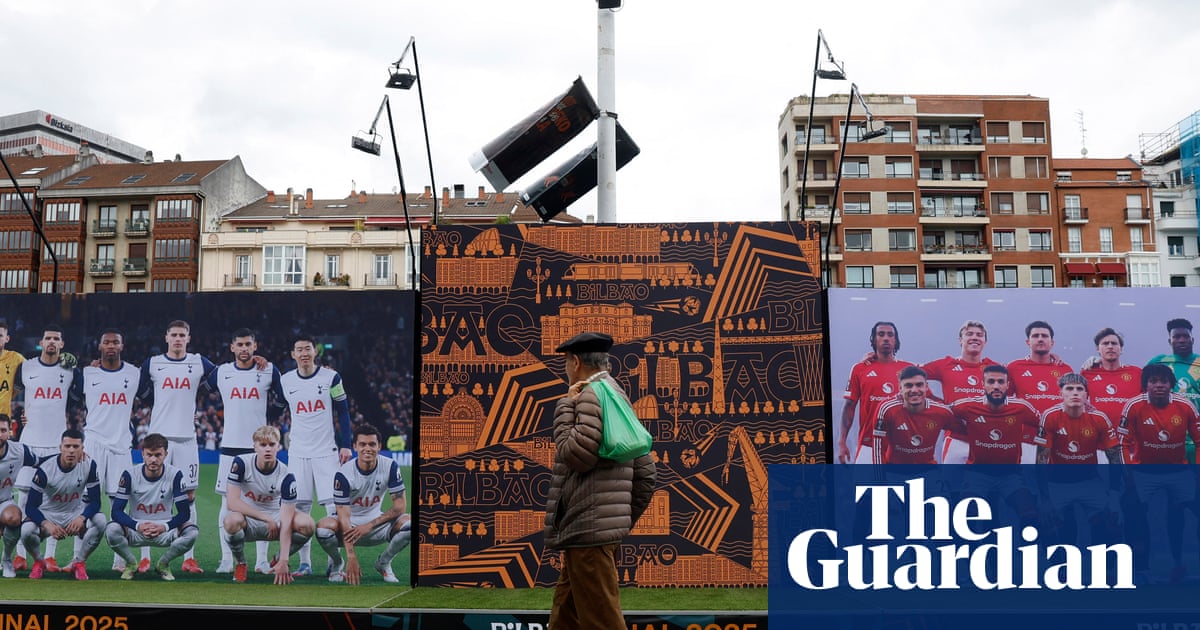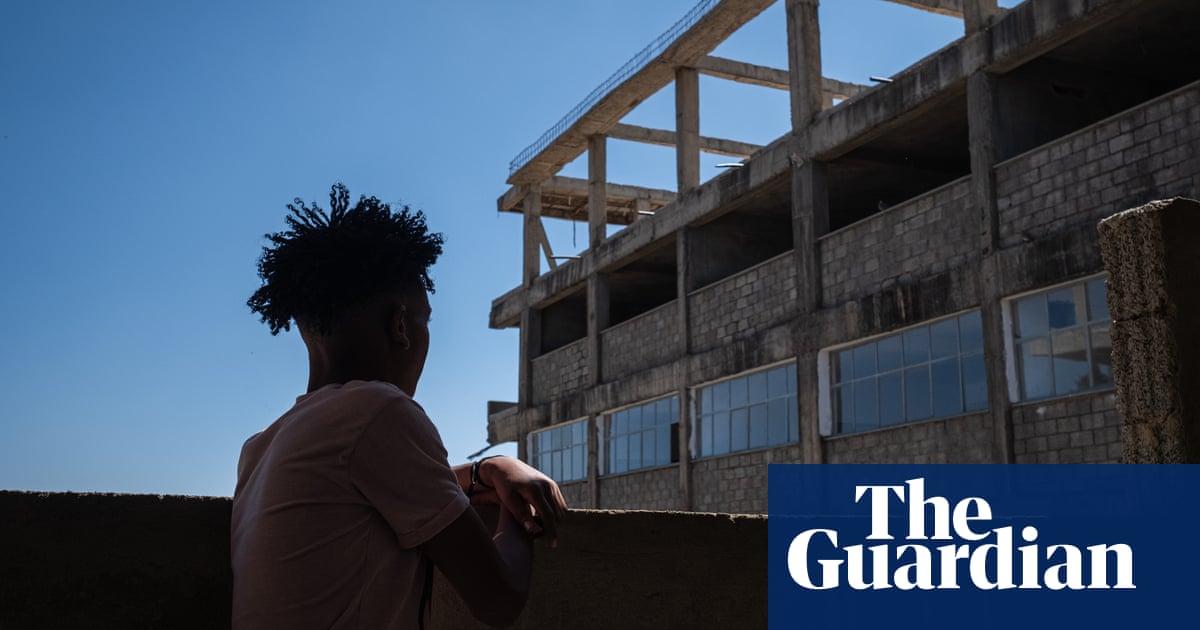In recent years, Paris has undergone several transformations in an effort to become a greener, more pedestrian-friendly city. This commitment to sustainability and livability is on full display in the north-western neighborhood of Clichy-Batignolles.
Photograph: Ed Alcock/Guardian
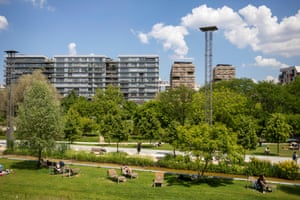
Designers have spent the last two decades redeveloping a 54-hectare (133-acre) former rail yard into a dense, green, walkable neighborhood.
Photograph: Ed Alcock/Guardian

The new neighborhood, in the city’s 17th arrondissement, exemplifies the ‘15-minute city’ concept of urban planning, in which residents can access most services they need within a 15-minute walk, bike or transit ride from their homes.
Photograph: Ed Alcock/Guardian
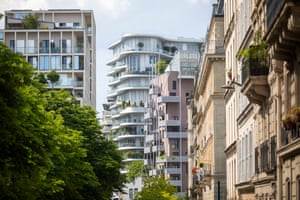
The new development has a population of about 7,500 people, according to city estimates. About 70% of the neighborhood’s 3,400 homes are either mixed-income social housing or rent-controlled.
Photograph: Ed Alcock/Guardian
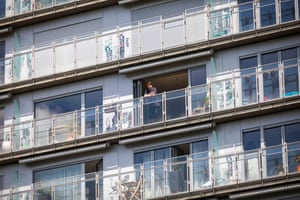
Buildings, including the 13-story UNIC (pictured), are built to passive design standards.
Photograph: Ed Alcock/Guardian
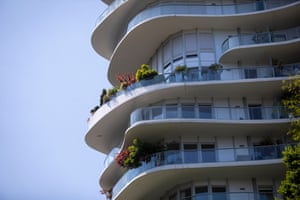
The UNIC building houses a metro station and a kindergarten.
Photograph: Ed Alcock/Guardian
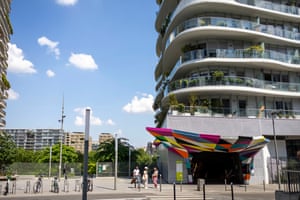
Clichy-Batignolles uses a geothermal heating system, and solar panels power many of the buildings.
Photograph: Ed Alcock/Guardian
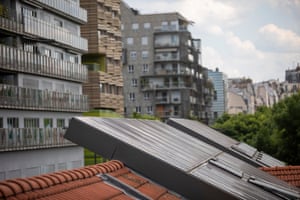
The site is home to several ambitious and high-profile architecture projects, including the Paris courthouse, which was designed by the Renzo Piano Building Workshop.
Photograph: Ed Alcock/Guardian

The 10-hectare Martin Luther King Park, also known as Parc Clichy-Batignolles, anchors the neighborhood.
Photograph: Ed Alcock/Guardian
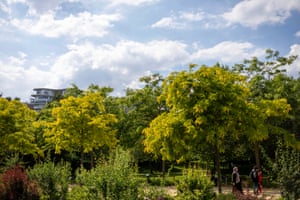
The park features a pond with native plants, as well as a fruit orchard, playgrounds and a skatepark.
Photograph: Ed Alcock/Guardian
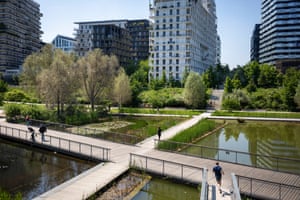
The neighborhood is connected to public transit and features car-free streets and walking paths.
Photograph: Ed Alcock/Guardian
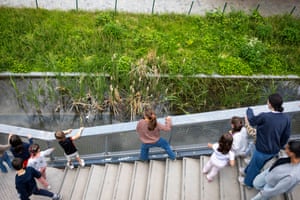

 5 hours ago
3
5 hours ago
3
















